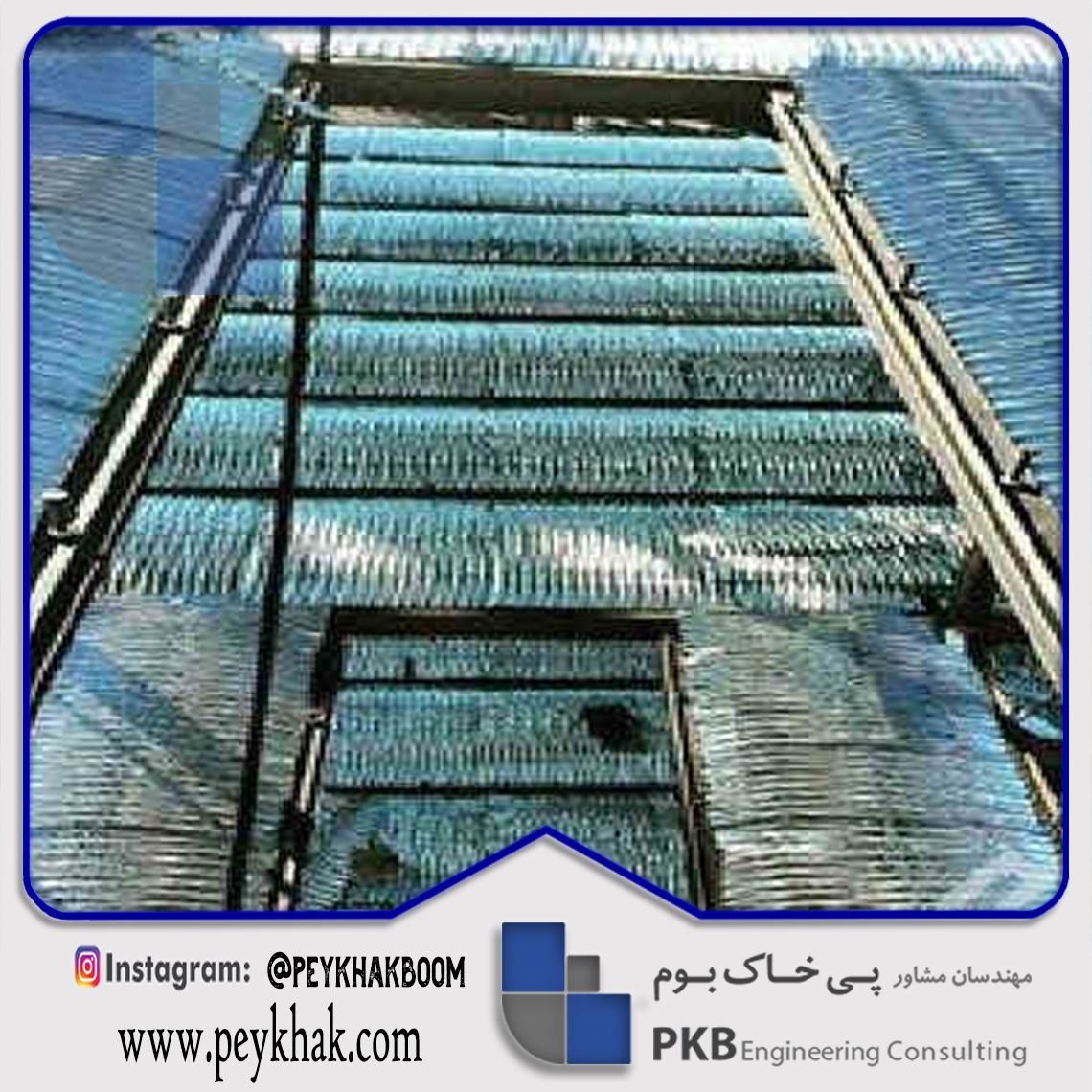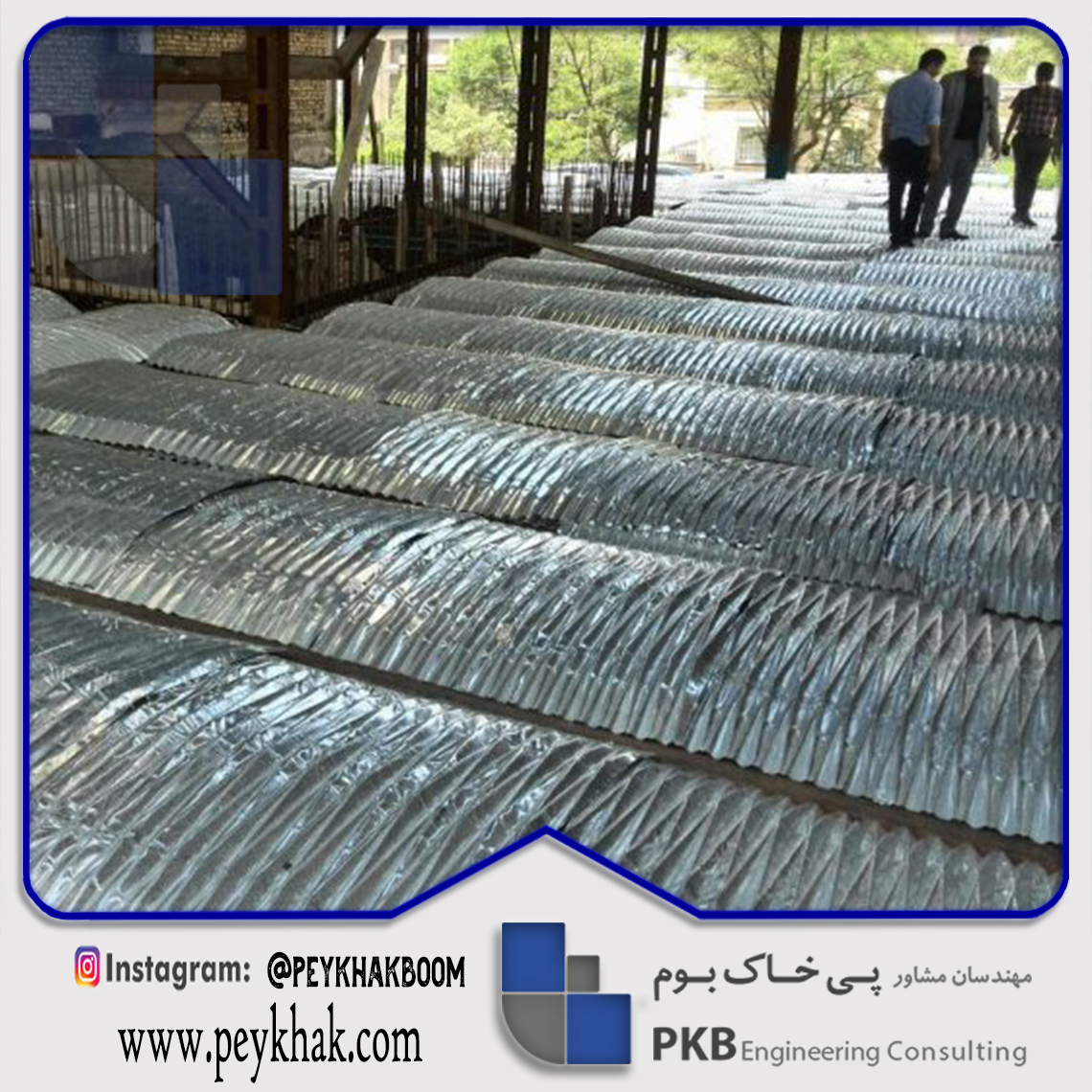Important points in the implementation of the Biggate ceiling
In the implementation of Biggit ceiling, the thickness of the galvanized sheet should be about 2 mm and the thickness of the concrete 2 mm. The Biggit mold must be able to withstand the weight of the rebar, concrete and loads during execution. Execution of these molds To close the beginning and end of the molds, precautions must be taken to prevent concrete and sap from leaking during work. If sub-ceiling piling is not used during the application of this type of roof, the stresses resulting from the weight of the rebar, concrete and loads shall be added to the stresses after loading of the concrete, and the joists section shall be calculated based on the sum of the stresses. Be. The design and implementation of this roof should take into account the exact details of the route and location of the mechanical and electrical installations.
Benefits of Biggate Ceiling
Implementation of the Biggate ceiling requires no special equipment and is easy to accomplish.
This type of roof system is the fastest roof system in a day.
The strength and durability of a Biggit roof reduces the life and financial risks that may arise during the execution of the roof.
This roof can be applied to concrete structures.
It is possible to run the ceilings simultaneously without having to pile into the Biggit ceiling system.
Arched and conglomerate molds on this type of roof make it possible to use these as false ceilings.
This type of roof uses smaller and cheaper side beams, which reduces the cost of shooting and makes shooting easier.
Biggate roofs are lighter than composite roofs, steel decks and joists and blocks.
Steps to implement a Biggit ceiling
Shooting: Shooting operations are performed according to the executive plans.
Installation of Biggit Molds: These molds are placed on the edges of the living beams without the need for fasteners or rivets.
Flushing: In order to prevent concrete fall, the form of Biggit Flushing is used in bridges.
Close Working Circle: The working circle is surrounded by boards that are 5 cm high.
Reinforcement: According to the standard of the Biggit system, the reinforcement network is implemented.
Candlestick: Candlesticks should be made just below the roof beams and before concrete.
Concreting: Concreting should be in accordance with the performance plans and the specified thickness.


